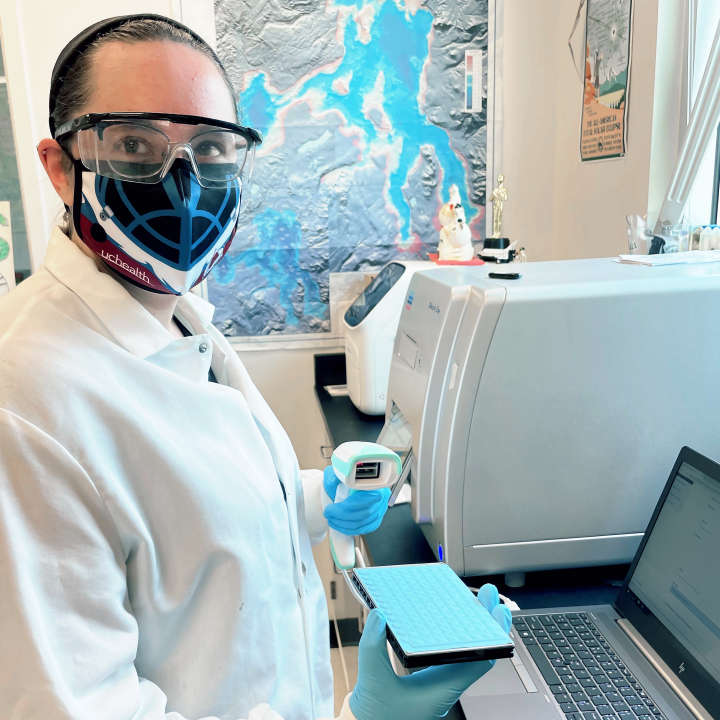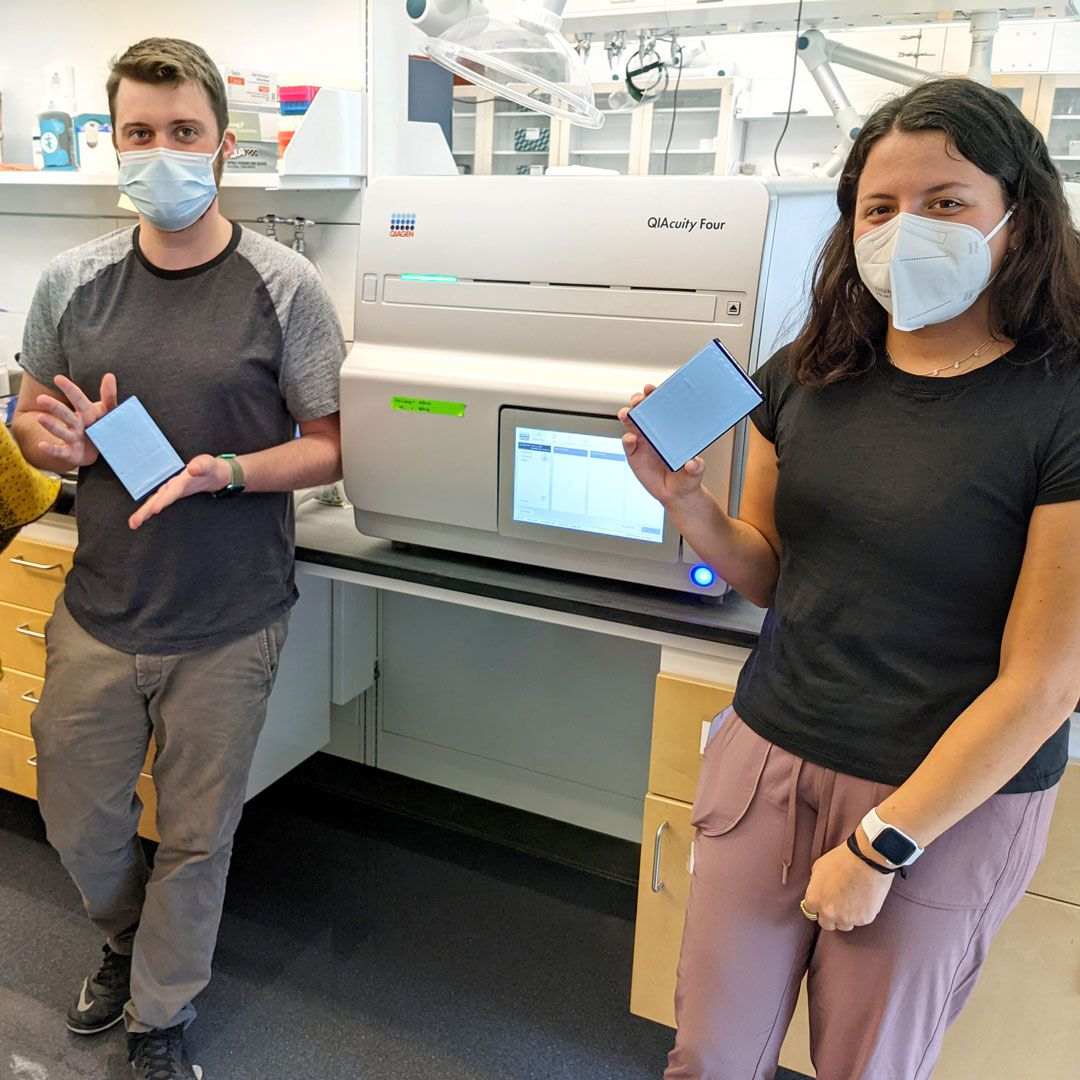
Top applications of nanoplate digital PCR
Thanks to the high sensitivity, superior precision and absolute quantification, digital PCR can detect low abundance targets, targets in complex mixtures, allelic variants and monitor small fold-change differences in target levels across a wide range of samples and applications, including but not limited to:
Find and configure the latest assays on our GeneGlobe Design & Analysis Hub for quantification of DNA, RNA and lncRNA targets by digital PCR.
COVID-19 Wastewater Testing
How dPCR can detect target sequences in challenging samples
Rare Mutation Detection
Copy Number Variation
Gene Expression Analysis
Cell and Gene Therapy
Microbial Pathogen Detection
Testimonials – what our customers say

“When you have a gene that's really highly variable with a large number of copies, the resolution is just not good enough with quantitative PCR,” said Dr. Johanna Andersson-Assarsson, Researcher and Coordinator for the Swedish Obese Subjects (SOS) study, Department of Molecular and Clinical Medicine, University of Gothenburg. Andersson-Assarsson states that digital PCR has been somewhat of a revolution in the field of copy number analysis because of the resolution. There are different solutions for digital PCR that give good results; what I like about the QIAcuity system is the simple and fast workflow and that you use less plastic tips and plates in the process which is good for the environment.”



In the picture: Nicole Masters, Graduate Student

Expert Custom Assay Design
Let us do all the hard work. Get expert-designed custom single or multiplex dPCR and PCR assays.






